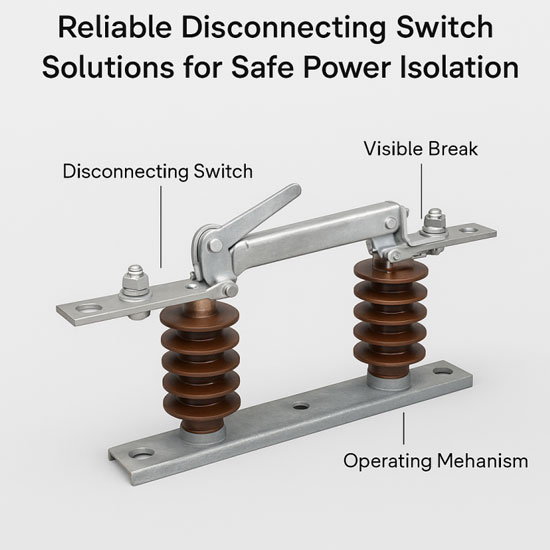In modern power systems, the disconnecting switch, also known as an isolator, plays a vital role in ensuring operational safety, equipment protection, and maintenance efficiency. While it may not carry or interrupt load currents directly, its importance in visually confirming electrical isolation is undisputed—particularly in medium and high-voltage applications such as substations, switchgear, and overhead lines.

As power grids evolve with increasing capacity and complexity, there’s a growing emphasis on reliable disconnection for safety compliance and downtime reduction. Purchasing managers and engineers are focusing more on mechanical integrity, environmental adaptability, and customization capability when evaluating disconnecting switches.
Some of the most sought-after features include:
·Visible Break Points: Visual confirmation of disconnection is essential for safety. Operators must be confident that a circuit is physically open before maintenance.
·Corrosion Resistance: Outdoor and coastal environments demand switches with robust galvanization or anti-rust coatings to ensure longevity.
·Manual & Motorized Operation: While manual operation is still prevalent, motorized options offer remote control for modern smart grids.
·Compact & Modular Designs: Saving space in compact substations or switchgear cabinets has become an increasing priority.
·Easy Installation & Maintenance: Simplified structures and self-cleaning contacts help reduce labor time and long-term maintenance costs.
Disconnecting switches are widely applied in:
·Distribution substations (up to 40.5kV or more)
·Ring main units (RMU)
·Renewable energy systems (e.g., wind and solar farms)
·Industrial high-voltage equipment
These switches are often used in combination with circuit breakers and surge arresters to provide complete protection and ensure operational flexibility.